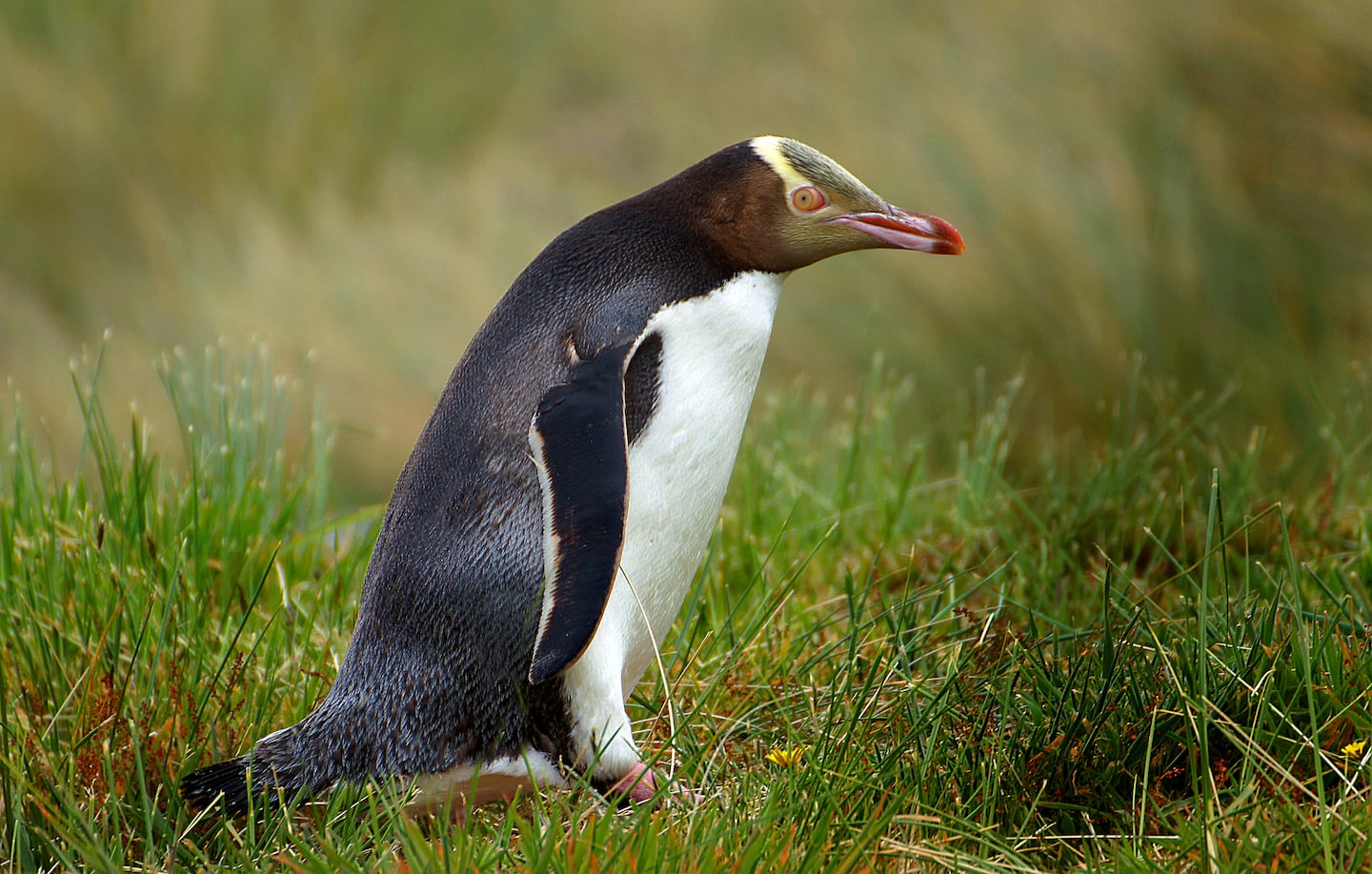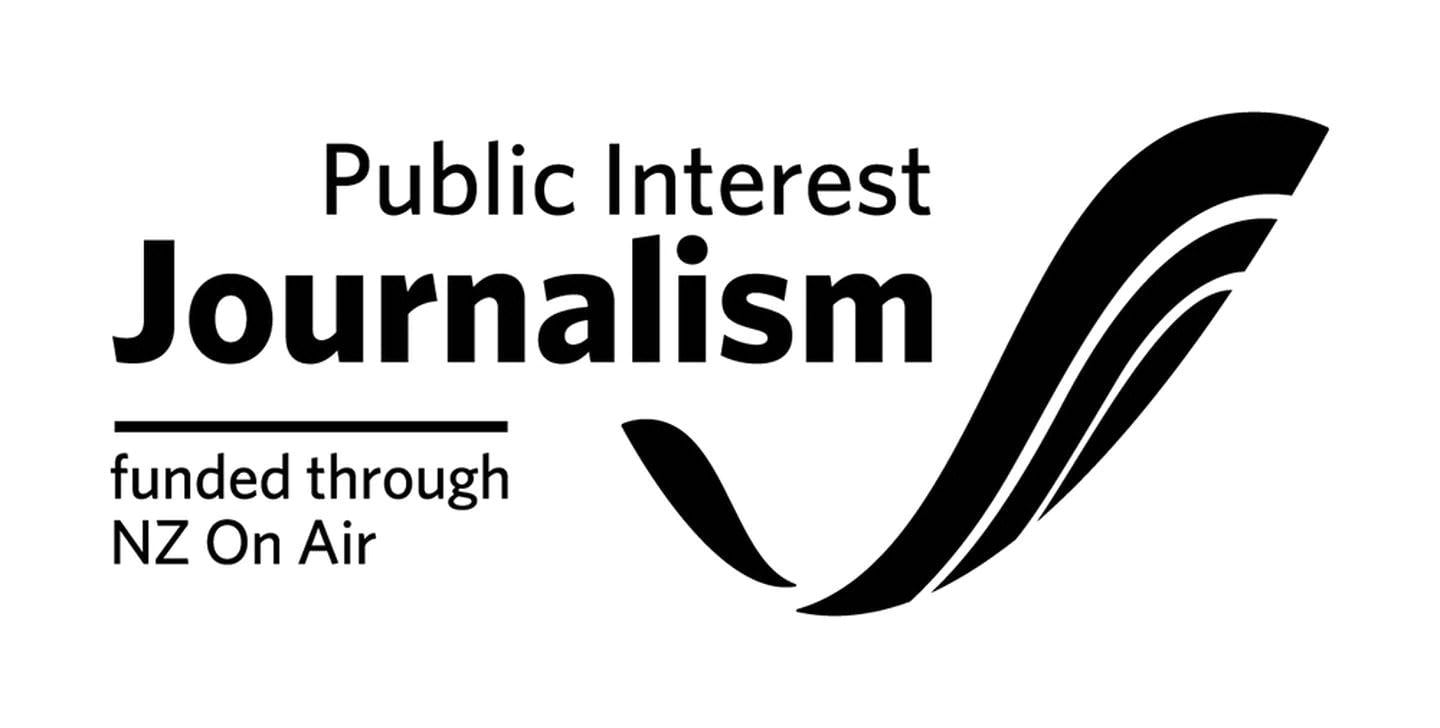Six new marine reserves in the South Island, marking the first in the south-eastern corner of Te Waipounamu have been established today.
The new reserves will cover parts of the island from Te Oha a Maru (Oamaru) to Murihiku (Southland) and protects habitats of hoiho (yellow-eyed penguin), toroa (northern royal albatross), pakake (New Zealand sea lion) and many sea creatures and sealife.
Conservation Minister Willow-Jean Prime, who made the announcement in Dunedin today with Oceans and Fisheries Minister Rachel Brooking, said it was important to protect the biodiversity of the oceans for future generations.
“This spectacular coastline from Oamaru to Southland is home to some of our most endangered species, like hoiho/yellow-eyed penguin, toroa/northern royal albatross and pakake/New Zealand sea lion.
“It includes estuarine and tidal lagoons, rocky reefs, offshore canyons, giant kelp forests and deepwater bryozoan or lace coral thickets, and an array of marine life that were under pressure from human activity.”
The announcements come after more than a decade of community groups and local iwi, including Ngāi Tahu, campaigning for marine reserves to be established.
‘Iwi worked tirelessly’
“E whakaaro ana ahau mō te rōpū me te iwi e whakapau i o rātou kaha i roto i ngā tekau tau kia tae mai ki te tēnei rā, ki te whakatutuki i tēnei wawata o rātou kia rāhui ēnei wāhi e ono i roto i Te Waipounamu hei tiaki i te moana, i a Tangaroa.”
(I acknowledge those groups and those iwi who have worked tirelessly over the past decade to reach this point and achieve those aspirations of theirs, and here we are with six new marine reserves across the South Island to protect the ocean, and Tangaroa.)
Ngāi Tahu will continue to have access to the marine reserve areas for practices that enhance their mātauraka Māori (traditional knowledge) and retrieve koiwi tākata (ancestral remains), artefacts and marine mammal remains Prime said. The iwi will also work in partnership with the Department of Conservation to manage the reserves once they are in place. $10m dollars over four years has been allocated by the government to assist the setup of the partnership.
“Ka whiwhi ētahi o ngā uri o Ngāi Tahu i te mahi hei whakahaere i ēnei wāhi rāhui.
“Koirā tētahi o ngā mea tino pai o te rāhui ko te rāhui, kia mōhio pēhea te haere, te whakatipu, te whakawhanake i ngā wāhi kua rāhui.”
(Ngāi Tahu members will be able to gain employment as a result of this partnership. One of the great things about these types of marine reserves will be the ability for whānau to undertake research into the efficacy of the reserves and how they are faring)
First step for network
Brooking said the six marine reserves were the first step in creating a network of marine protection in the area, and was in addition to previous measures by the government to protect the country’s oceans.
The six new marine reserves increases the number of mainland reserves by 67 per cent. The government is also looking at using fisheries management regulations to protect a further five areas, along with a proposed kelp protection area.
Brooking said while it was great the government had been able to create so many marine reserves, it was significant that the southeastern corner now had some as well.
“It is really important that we have those habitats preserved so that the biodiversity can do its thing and spread to outside of the reserves as well. So it should be much better for our ocean overall.”



